#philippe lacoste
Explore tagged Tumblr posts
Photo
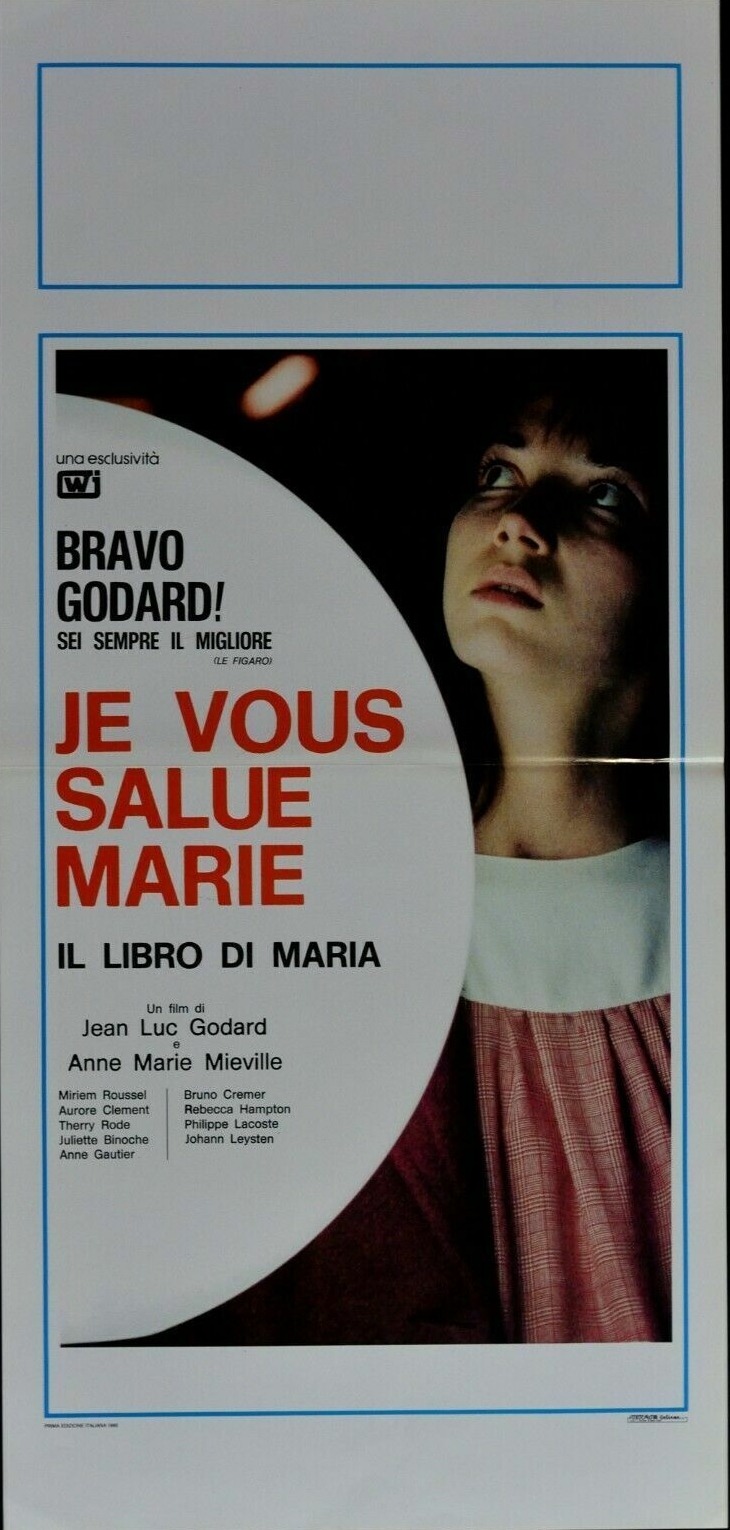
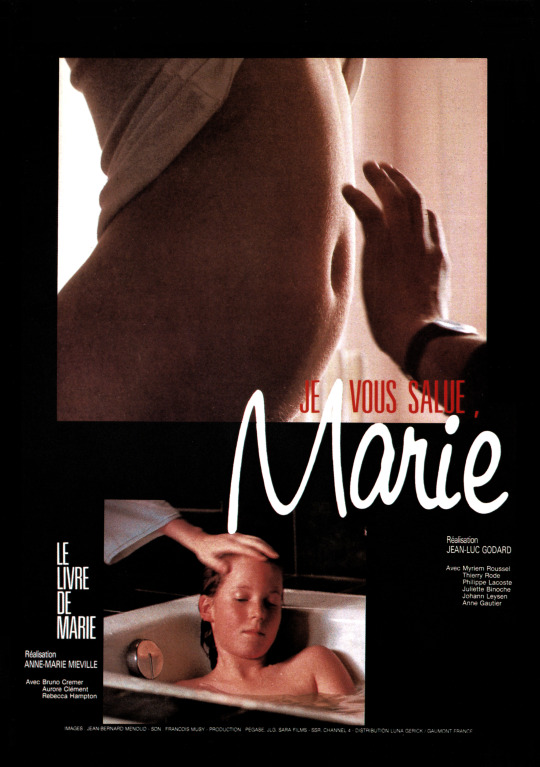
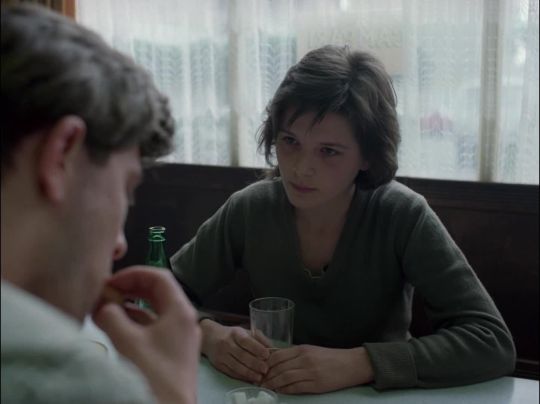
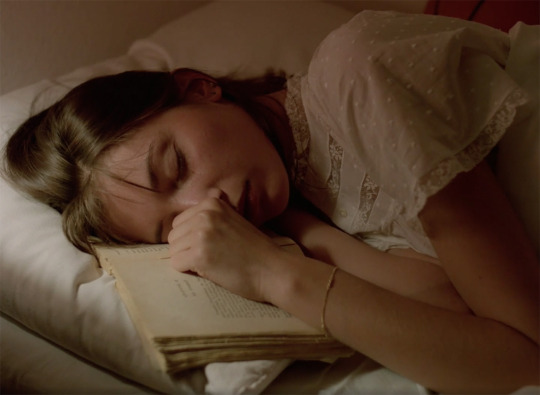

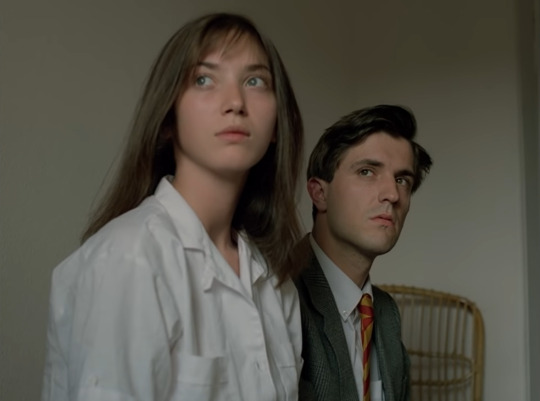


Hail Mary (Je vous salue, Marie) (1985) Jean-Luc Godard
December 17th 2022
#hail mary#je vous salue marie#1985#jean-luc godard#myriem roussel#thierry rode#anne gautier#johan leysen#philippe lacoste#manon andersen#juliette binoche
9 notes
·
View notes
Text
















«La victoire appartient au plus opiniâtre».
Paris 2024 Olympic Games
#olympics 2024#paris 2024#tennis#roland garros#bois de boulogne#court philippe-chatrier#rené lacoste#jean borotra#jacques brugnon#henri cochet#rafael nadal#novak djokovic#carlos alcaraz#lorenzo musetti#sara errani#jasmine paolini#mirra andreeva#diana shnaider#sara sorribes tormo#cristina busca#gold#silver#bronze#eiffel tower#olympic phryge#4 august 2024
25 notes
·
View notes
Text
Des idées pour le Lab ?
#Thierry Guibert#Catherine Spindler#Gilles Lebret#Philippe Pastor#Christophe Chenu#Pelagia Kolotouros#Gauthier Borsarello#Marc Beaugé#L'Etiquette#Magazine L'Etiquette#Yann Morvan#Devanlay#Troyes#Tennis#Golf#Neil Primett#Dave Hewitson#Bertrand Burgalat#Lacoste#lacoste pfw 2024#paris fashion week#paris fashion week 2024#Sergio Tacchini#Ellesse#Fila#Fred Perry#Ralph Lauren#Kidur#Montagut#Hast
3 notes
·
View notes
Text
Fernand and Helene Iveton a couple in the algerian revolution part IV : the difficult ordeal of the trial
A week after his arrest, Fernand is informed that he will be tried very soon. His case will be separated from his other communist comrades, such as Felix Colozzi. The official reason given is that Fernand was caught in the act. Unofficially, the goal is to discredit the Algerian revolution in the eyes of the Americans (as I mentioned in the third part). Additionally, Governor Robert Lacoste, like many others, wants to reassure the colonists by bringing as many FLN members to justice and executing them, hoping this will appease both the colonists and the ultras to allow reforms.
One cannot expect justice within this colonial court. Some judges allow confessions under torture, threaten FLN militants with resumption of torture, or even suggest disguising assassinations as suicides among arrested FLN members (see Paul Ausaresses’ memoirs on this). Now, we must introduce Judge Bérard, the epitome of trampled justice. When he meets one of the ultra colonists, Philippe Castilles, involved in the Thebes bombing, he is lenient and pleasant with him, as if considering the charges against him (the attack on General Salan) a burden.
In contrast, he is very cold towards Abelkader Guerroudj, a PCA activist and FLN member, telling him, “In April you will be sentenced to death, and in May you will be executed.” When Guerroudj told about the torture he endured, the judge responds, “What does torture mean? It doesn’t concern me. This is war.” Notably, the judge’s brother participated in the repression of 1945, provided a list of Algerians to be killed, and executed at least nine of them. However, despite his convictions, Judge Bérard should have put them aside in his role as a jurist; he did not.
Fernand awaits his trial, thinking he will probably get a prison sentence. However, it’s important to remember that Algerians member of FLN have been executed for minor offenses like damage to a farm. Given everything said and the fact that the colonists want his head, it's much harder than it seems.
Hélène is fired from her job. Her boss calls her in; she knows the reason. She looks him straight in the eye, and he eventually lowers his gaze. He will fire her because of her husband's arrest. She says nothing but makes sure to slam the door on her way out. She survives thanks to food sent by her Algerian neighbors, but she will soon be unable to pay the rent.
The day of the trial arrives. Hélène repeatedly tells her parents in-laws not to cry, not to show any weakness in front of a public too happy to see them in this state. It should be noted that the press and the public were carefully selected: only those who wanted Fernand's head. When she arrives, she is recognized. She is pushed, full of hatred towards her and her husband. She doesn't let it affect her and elbows the person behind her without turning around. She is shocked when she sees her husband, humiliated once again. They forcibly shaved all his hair and his mustache (a practice done to FLN men, especially shaving the mustache, a sign of pride for these Algerian men). She is angry but remains composed.
The president of the military tribunal, Roynard, says that Fernand faces the death penalty unless there are mitigating circumstances. Perhaps he hopes to scare him and dangle the possibility of a reduced sentence if he gives up some names. Fernand Iveton does nothing of the sort. He clearly states that because he considers himself Algerian, he is not indifferent to their struggle. The French should also help them. He loves France but not the colonialists. When the president asks by all means, he responds not all, not by killing an individual (specifically an innocent). He is determined, with his comrades, to fight more to increase the social happiness of Algeria. The bomb he planted was supposed to explode when no one was there. He never intended for this act to kill anyone. His speech is booed by the public, but Hélène is very proud of him and supports him and the revolution he joined.
The director of the research laboratories explains that the bomb would not have been able to break a masonry wall. Roynard recalls that FLN attacks have caused the deaths of many innocents, but Fernand reminds that his act has nothing to do with those mentioned by the president of the military tribunal. The foreman Oriol, who denounced Fernand, and another engineer suggest there is traffic at the company in the evening. Fernand abruptly asks him when he needed to go there at night. The engineer is disturbed and forced to admit that no, no one goes to work at night. Sometimes, it's not necessary to be loud to win; just being honest and telling the truth can silence lies.
The police commissioner takes the stand, and Fernand says he was tortured. Iveton’s two lawyers take the opportunity to request a medical examination, which is accepted but will be conducted by a military doctor, who unsurprisingly declares it impossible to determine the exact causes of Fernand Iveton's marks. To the government commissioner, Fernand’s intent—whether to kill or not—does not matter; a crime was still committed. He says it is impossible to determine the exact causes of these marks. Fernand asks for the floor and is refused. The commissioner continues, in the name of the innocents killed by the FLN and the damage to France’s prestige caused by Fernand, he requests the death penalty. Smajda and Lainné fight like lions. Smajda protests the limited time given to the defense to prepare for the trial, the toxic atmosphere, and the need to judge Fernand Iveton on his personal actions. It has been proven that Iveton did not want to and did not kill anyone. Lainné also argues that it is not Fernand Iveton’s act that threatens France’s prestige but the justice that must be served. He seeks mitigating circumstances by attacking the Communist Party, claiming it manipulated Fernand, a kind man with good intentions (Lainné knows this argument, even if false, can carry weight and provide his client with mitigating circumstances). Fernand should be punished but kept alive to atone.
Fernand is surprised by this argument. His lawyer surely knows what he’s doing, but he refuses to let it be thought that he acted under influence. He repeats that he believes in his people—Europeans and Arabs together. “I had to participate in their action. But never, I repeat, would I have wanted to participate in an action that would lead to someone's death, even if I had been forced.”
After deliberation, the sentence is pronounced: the death penalty. The lawyers are dismayed. Fernand dares not meet his wife’s eyes because he could not bear it. He leaves surrounded by police officers without looking back. Applause and cheers from the European Algerians. Hélène repeats to her in-laws not to cry; they will do so at home, but not in public. Hélène and Pascal Iveton wait for the police van transporting Fernand to pass by them. They wave in the hope that he will see them, but he looks down. When they get home, Hélène will throw herself into her father-in-law’s arms, screaming, while he sobs, and her mother-in-law holds Hélène’s hand and then takes her home.
Nevertheless, they will continue to fight. When Hélène visits him in prison, she doesn’t even have to queue. Algerian women visiting their family members in prison recognize her, applaud her, and order others to let her through. When she is with her husband, the guards order everyone to leave and tell the couple to speak loudly so they can hear what they say. Fernand and Hélène reassure each other, each refusing to burden the other with their worries. Fernand gets along well with his two cellmates, Bakri and Chikhi. While the French Communist Party remains deaf, the CGT decides to support him as he is a delegate and appoints lawyer Joe Nordmann, who does not hesitate to defend him. He makes it clear that if the appeal fails, the only recourse will be presidential clemency.
Yet, despite the continued fight, the end will be tragic.
2 notes
·
View notes
Photo

Dr. Philippe de Lacoste, Newton College of the Sacred Heart, 1971.
10 notes
·
View notes
Text
Behind the Scenes of Noah Schnapp’s ‘Stranger Things’ Premiere Look
"I had many fans of him contacting me on Instagram and suggesting to see Noah in pink," says his stylist. "So after discussion and many times trying to find the perfect outfit, we finally decided to go with the pink tone."
By LEIGH NORDSTROM
MAY 16, 2022, 3:26PM
The fourth season of “Stranger Things” comes to Netflix this summer and over the weekend the cast gathered for the premiere in New York. WWD chatted with star Noah Schnapp’s stylist Philippe Uter about the Dior look he chose for Schnapp, accessorized with an unreleased Hublot watch.
WWD: Tell us about the look you created for Noah for the premiere.
Philippe Uter: I really had the desire of dressing Noah in a brand that we never used before. Something trendy, cool but still luxury. Noah is between the teenager and adult life so I couldn’t go too classic nor too young. That is why I decided to collaborate with Dior on this appearance. It is the perfect combination between elegance and streetwear. I always have been a fan of Mr. Kim Jones and I thought this could start a great relationship between the iconic fashion house and us.
WWD: What made you go in this direction?
P.U.: Noah wore lots of toned down colors such as black, navy, beige or light blue. He only wears stronger colors for press appearances where we can play a little bit more. I had many fans of his contacting me on Instagram and suggesting to see Noah in pink. So after discussion and many times trying to find the perfect outfit, we finally decided to go with the pink tone from the spring/summer 2022. We didn’t want to do a full pink look either so I thought, due to the summer coming (finally), mixing with white can be a nice touch on the carpet.
WWD: How long have you worked with Noah?
P.U.: I have been working with Noah since he was 12 year old, so five years ago (I can’t believe he is turning 18 soon). We started our collaboration a bit before the promo of “Stranger Things” season two. I was already a fan of the show and loved these kids’ energy on carpets and promo.
WWD: Are there messages/themes you’ve tried to convey with his style this press tour?
P.U.: The last press tour, we tried to find the best combo between fashion and comfortable/young. This season, it is a bit the same but with a grown up version of it. I tried to go with trendy brands but also cool and easy to wear. Such as Jacquemus, Celine, Acné, Ami Paris, Lacoste, Fauré Le page, Santoni.
WWD: What are some special details about the look?
P.U.: To complete the look, we added a Hublot watch. It resumes pretty well what I said earlier, as it is very luxurious but young and super fun due to its violette shades. This watch is actually showing in exclusivity on Noah’s wrist as it has not been released yet. Also, Noah is wearing a silver necklace chain by Dior. It also gives a little kick to the look.
WWD: Who is your style inspiration for Noah?
P.U.: I am trying as much as possible to not have any inspiration so I can create with Noah something unique to him. I do think about Timothée Chalamet and Justin Bieber a lot. First, due to their similar body shape but also as both have a very strong style: one more fashionable and chic, the other more trendy and street.
6 notes
·
View notes
Text
Antoine is about to start his first year of medical school… for the third time. Benjamin, just out of high school, will make his first try. He soon realizes it’s not exactly a walk in the park. In a fiercely competitive environment, with nights dedicated to hard studying rather than hard partying, the two freshmen will have to adapt and find a middle ground between despair for the present and hope for the future. Credits: TheMovieDb. Film Cast: Antoine Verdier: Vincent Lacoste Benjamin Sitbon: William Lebghil Serge: Michel Lerousseau Martine: Darina Al Joundi Francois: Benoît Di Marco Annick: Graziella Delerm Vincent Grimaldi: Guillaume Clérice Simon Sitbon: Alexandre Brazy Nenni: Noémi Silvania Film Crew: Casting: Julie Navarro Writer: Thomas Lilti Costume Design: Dorothée Guiraud Production Design: Philippe van Herwijnen Director of Photography: Nicolas Gaurin Producer: Emmanuel Barraux Producer: Agnès Vallée Music: Alexandre Lier Music: Sylvain Ohrel Music: Nicolas Weil Editor: Lilian Corbeille Movie Reviews:
0 notes
Text
“To raise prices, you have to take into account each brand’s power,” said Benacin. He added that “luxury giants like Hermès or Dior can afford any increase.
1 note
·
View note
Photo





Novak practicing with Marin Cilic on Philippe Chatrier at Roland Garros
(via rolandgarros, BasiaID on Twitter)
#djokovic#novak djokovic#tennis#sport#tennis player#athlete#lacoste#fila#head tennis#practice#cilic#marin cilic#friends#croatia#serbia#number one#No.1#top seed#philippe chatrier#chatrier#clay#centre court#clay court#clay season#roland garros#french open#france#paris#grand slam#slam
46 notes
·
View notes
Photo
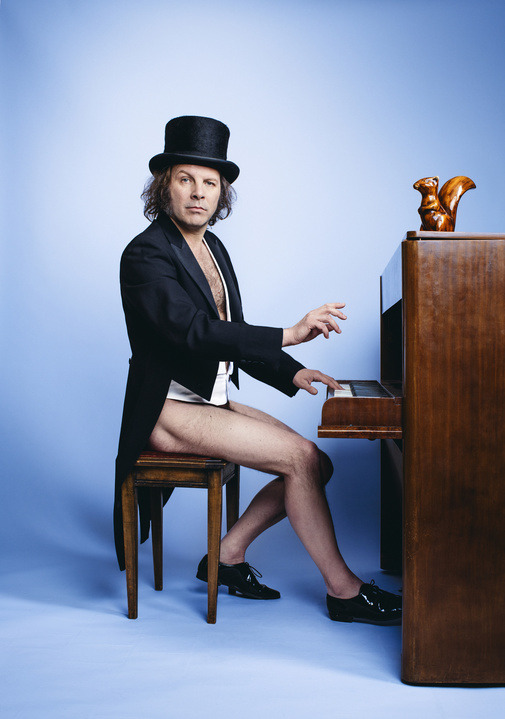
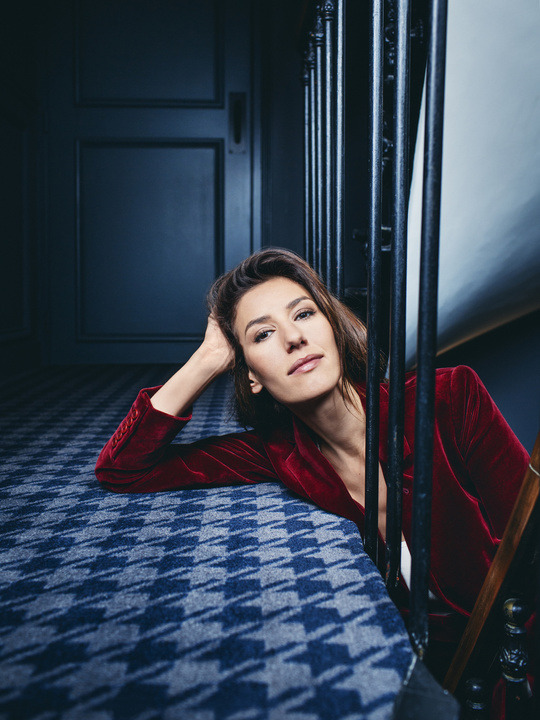
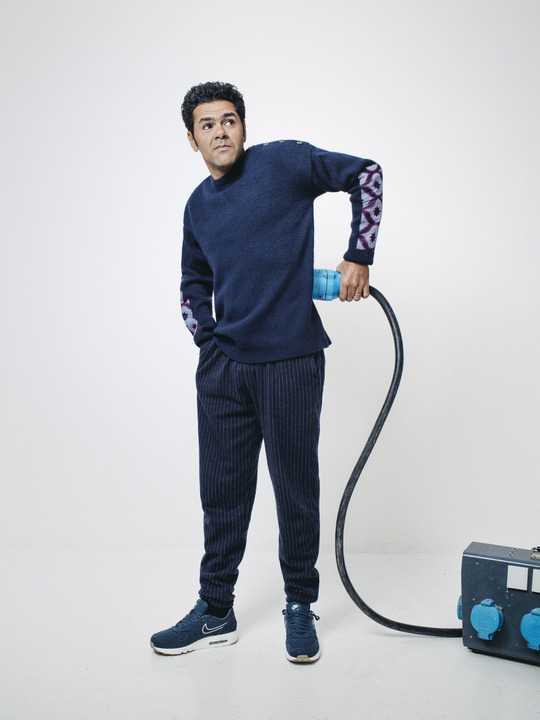
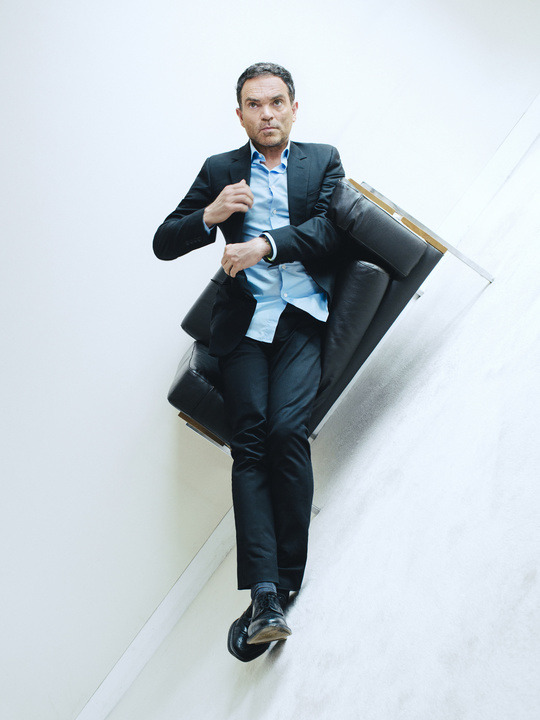
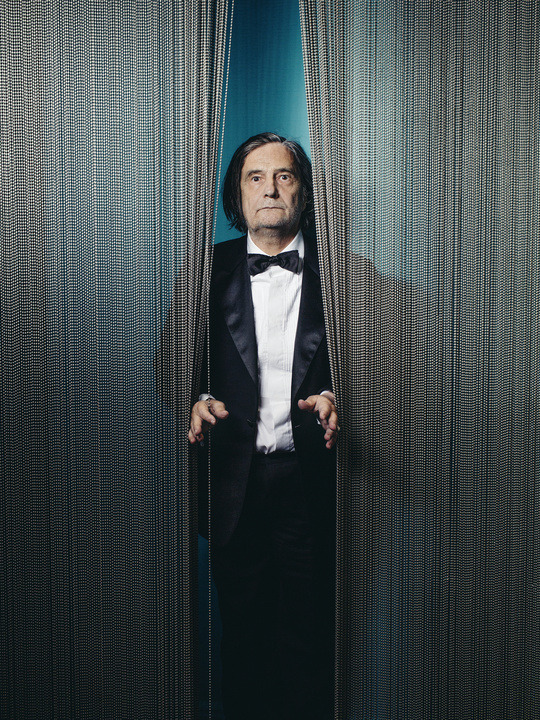
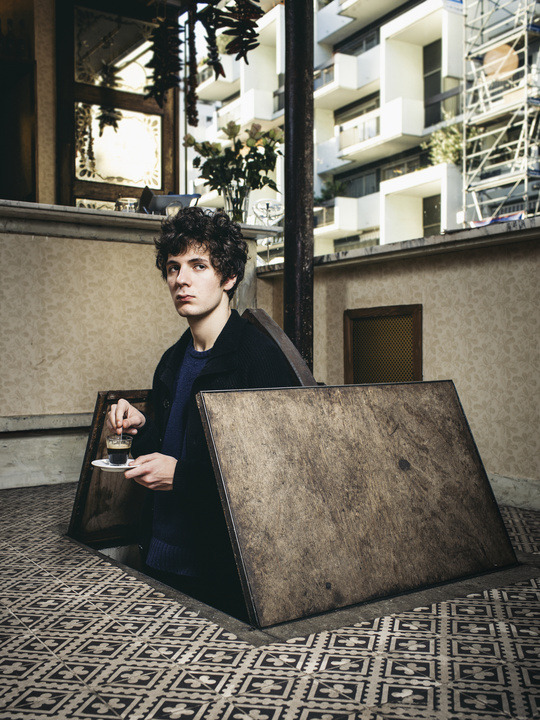

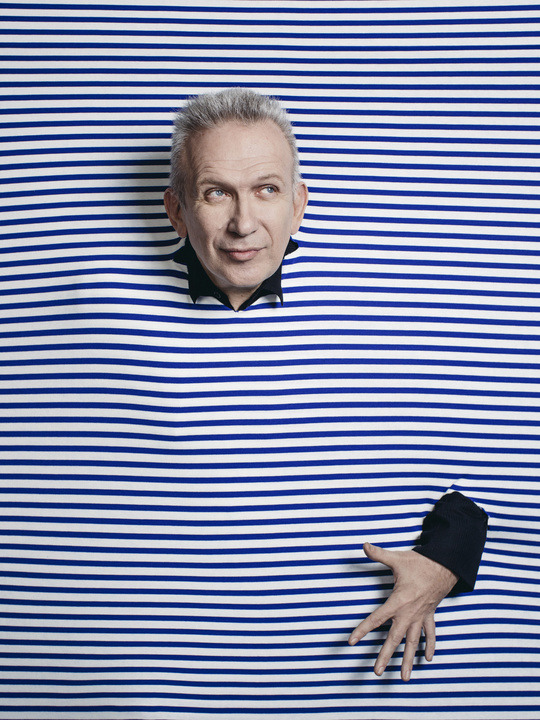


Audoin Desforges - Pasco and Co
#photo#portrait#Audoin Desforges#Philippe Katerine#dora tillier#djamel debbouze#yann moix#jean pierre léaud#vincent lacoste#frédéric beigbeder#jean paul gaultier#vincent macaigne#thierry ardisson#Pasco and Co
3 notes
·
View notes
Photo

Hippocrates (Hippocrate), Thomas Lilti (2014)
#Thomas Lilti#Pierre Chosson#Baya Kasmi#Julien Lilti#Vincent Lacoste#Reda Kateb#Jacques Gamblin#Marianne Denicourt#Félix Moati#Carole Franck#Philippe Rebbot#Julie Brochen#Jeanne Cellard#Thierry Levaret#Rafik Ben Mebarek#Nicolas Gaurin#Alexandre Lier#Sylvain Ohrel#Nicolas Weil#Christel Dewynter#2014
1 note
·
View note
Photo

89 notes
·
View notes
Photo

Aurah Ruiz (Jese Rodriguez | Stoke City) wore:
Philipp Plein Jogging Trousers -€450.00
Lacoste Monochrome Leather Trainers -£67.00
#aura ruiz#aurah ruiz#jese rodriguez#stoke city#psg#paris saint germain#spain nt#philipp plein#lacoste#trousers#sneakers#fashion#style#street style#football#wags#wags style#stoke city wags#psg wags
3 notes
·
View notes
Photo
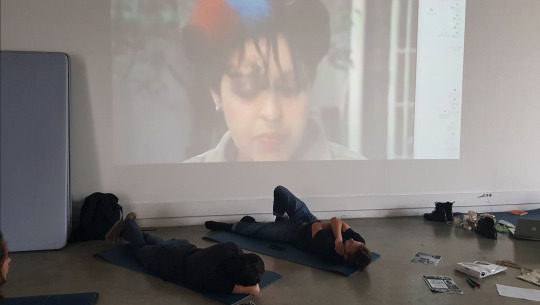
*poèmes° manifestes° performances° dans un monde ébranlé I wanna be instamatic I wanna be a frozen pea I wannna be dehydrated In a consumer society Poly Styrene -> X-Ray Spex, Art-I-Ficial, 1978
Les *POLY STYRENES* se préoccupent des oppressions algorithmiques contemporaines en palpant le(ur)s corps, en touchant terre et en mélangeant les cultures : la végétale, l’érotique, la numérique, l’animale, la trans-cyber-éco- féministe, la biométrique, la médicale, la minérale, celle des luttes et celles des fêtes. Chanter faux et fort, réciter à l’envers, sonder le frame of mind des données et les réserves des tourbières, danser, mêler bots, grrrls et chiens, bidouiller les genres des terminaux informatiques et des organes humains, suivre les amours contaminants des arbres et des champignons, bref, explorer, via les non/humains, sa propre pratique et existence en tant que corps-vivant-politique dans le monde narco-techno-logique. Qu’y a-t-il à dé/faire ? Quels imaginaires, cris, désirs, colères, quels outils et quelles tactiques pour soigner une terre empoisonnée, divisée par mille frontières, et sous surveillance ? Que peuvent une chanson ou un poème, un manifeste ou une manif, une édition multiple ou une pièce unique, une protestation individuelle ou une action collective ? Poly Styrene, la très jeune chanteuse révoltée de X-Ray Spex (1976-1978), Leslie Feinberg, l’auteure de Transgender Liberation (1992), Ted Nelson et son fanzine Dream Machines-Computer Lib (1974), Kathleen Hannah, chanteuse de Bikini Kill et Le Tigre mais aussi autrice du riot grrrl manifesto (1991) ; CAConrad et ses rituels, l’écriture plastie de Monique Wittig et les poèmes en colère de June Jordan et de Harryette Mullen ; Laboria Cuboniks et leur manifeste xénoféministe (2015) ; last but not least, le travail de Liz Magor, de Barbara Hammer, de Cecilia Vicuña ou de Hito Steyerl donnent le ton pour envahir et infecter les logiques du management néolibéral avec des herbes folles et des rongeurs en tout genre.
Les *Poly Styrenes* c’est un séminaire de production / un atelier de recherche *work hard / farniente* qui s’agite, s'active et se délasse à l'Ecole des beaux-arts de Bordeaux et bientôt ailleurs aussi /°°
membres actuel.le.s : Emma Abadie, Lina-Maria Benmoussa, Charles Dauphinot, Owen Dupont, Eva Georgy, Jessica Guez, Greta Humeau, Emma Lacoste, Bianca Moeschler, Alex Philippe, Esther Sauzet, Pitamber Veret Chang et Alice Vigié-Levy, accompagné.e.xs par Madeleine Aktypi
4 notes
·
View notes
Photo











#Les Vacances de l'amour#Les Mystères de l'amour#Jeanne x Jimmy#Angèle x Christian#Nicolas x Linda#José x Jeanne#Isabelle Bouysse#tom schacht#Philippe Vasseur#Lynda Lacoste#Patrick Puydebat#coralie caulier#sébastien roch#créations#bannières#icons#avatars
0 notes
Text
Rethinking how we produce and deliver essential goods - 5 lessons from the surgical mask shortage

Image from Juanjo Menta https://www.pexels.com/fr-fr/@juanjomenta
The Covid-19 pandemic revealed the weaknesses of supply chains mostly relying on centralized production in cost-effective Asia, tiered contractors and subcontractors, limited inventory and just-in-time procurement. When the epidemic started in Wuhan, parts manufactured in China went scarce. As early as February 7th, 2020, although the outbreak had not reached Europe yet, auto makers warned they could shut down European plants due to Chinese parts suppliers not resuming operations [1]. Masks, that are essential for health workers to treat patients, went scarce too.
Could we imagine a more resilient system for essential goods? How would the supply chain look like? How could a revamped production and distribution model be more environmentally sustainable?
1. The Internet distributed architecture, an enlightening model for a more resilient supply chain
During the Cold War, the United States government began to focus on computer science research to conceive the most secure and resilient communication system which they would need in the event of a war [2]. In particular, this system should ensure that the chains of command would not be broken in the case of an attack.
The Internet we know today stems from this ambition. It is based on a distributed architecture of independent network nodes that are able to route messages until they reach their destination and handle peak demand in a decentralized way. The Internet is also very robust to localized failures thanks to the ability of nodes to reroute effectively.
Before Covid-19, China alone was producing about half the world’s sanitary face masks, around seven billion a year [3]. When Covid-19 hit China, factories closed and the manufacturing output sunk.
Masks are simple products but still, no western country was able to immediately produce enough for their health workers, let alone for the general population. There were only 4 mask factories in France: Kolmi-Hopen, Segetex-EIF, Macopharma et Paul Boyé Technologies with production capacity of about 4 million masks while 10s of millions were needed immediately [4].
No country either had sufficient stocks. After a few weeks, new production facilities were turned on, either manual workshops of the textile industry or automated chains. This new production capacity was instrumental to cope with an increased demand.
2. A localized production, an agile set-up with environmental benefits
Developing the local production capacity was one of the immediate and spontaneous answers to surgical mask shortage. In France, in less than 2 months, hundreds of companies mobilized capabilities to produce masks.
After decades of globalization, re-localization of industries is back in the political and economic agenda. There is a push from states to re-localize strategic industries among which pharmaceutical, technologies and food.
The combination of two trends makes this localization shift possible today: automation technologies enabling a cost-competitive local production, and a consumer demand for local products and improved traceability.
Added benefits are three-fold:
1. Development of local and resilient know-how on essential goods and business critical processes.
2. Efficiency and cost gains from shortened supply chain with improved lead-time, less inventory at each step and reduced product waste and scrap.
3. Reduced greenhouse gas emissions from long-haul transport. Transportation is responsible for almost one quarter of direct CO2 global emissions from fuel combustion [5].
After the Covid-19 crisis, companies should certainly reconsider their production and logistics organization to adapt to an increasingly volatile, uncertain, complex and ambiguous environment.
3. Interconnected data systems to manage a distributed production and a diffuse demand
How many masks do we need per week? How many do we have left in inventories? How many can we produce? The lack of information slowed down immediate actions.
The crisis revealed an important weakness in our capability to manage and consolidate data from different sources (suppliers, government, hospitals). Indeed information systems are traditionally badly interconnected with external partners and customers.
Digital collaborative platforms can be a part of the solution. An example came from the fashion industry. Together with the brand Le Slip Français, a fashion association launched Savoir Faire Ensemble, a collaborative platform to connect people who need masks, with companies that provide materials and supplies.
Collaborative tools and interconnected information systems will be key in the future to support efficient and resilient supply chains.
4. Collective intelligence for innovation and resilience
There have been countless innovative initiatives from citizens all over the world who have sought to tackle mask shortages: from video tutorials on how to make a mask with a sock and a pair of scissors to more industrial projects from the textile industry. US Major League Baseball and Fanatics partnered to manufacture masks and gowns. Many fashion players participated to the global effort and retooled their production to help: to name a few Gap, Zara, Etam, Petit Bateau, Lacoste, Saint-James, LVMH, Chantelle, Le Slip Français. Although these masks do not provide the same protection as the N95 or FFP2 worn by health workers, they do help slow down the spread of the virus.
The solidarity effort has been praised. Furthermore, this is a striking example of the ability of an industry to adapt its manufacturing and supply chain to new needs very rapidly. Commercial success or failure of the textile industry has been largely determined by the organization's flexibility and responsiveness (short time-to-market, the ability to scale up or down quickly and the rapid incorporation of consumer preferences). This is definitely an inspiring model for other sectors that want to develop more agile and resilient production systems.
5. Planning for the future
We are painfully realizing from the Covid-19 sanitary and economic crisis, that we are not very good at imagining disruptive futures. We plan them based on our known past. To avoid this cognitive bias, it is a good discipline for organizations to build strategic scenarios to be more resilient in times of disruption. As general and statesman Eisenhower rightly said “Peace-time plans are of no particular value, but peace-time planning is indispensable”.
Distributed systems, targeted localized productions, data enabled ecosystems, collective intelligence and planning, these are 5 key factors for a resilient supply chain with an ability to absorb shocks from supply and demand. These principles are also beneficial to corporate sustainability: more transparency, more accountability, reduced greenhouse gas emissions from transports.
This article was originally published on https://www.transitionroute.com/

Corinne Bach, MBA INSEAD 05D Entrepreneur in ecological transition

Philippe Raynaud Senior Advisor in Supply Chain Transformation C-way
References
[1] Global automaker supplies threatened by China coronavirus crisis, Automotive News, February 7th 2020 https://www.autonews.com/china/global-automaker-supplies-threatened-china-coronavirus-crisis
[2] A Brief history of the Internet by Stanford Computer Science Department https://cs.stanford.edu/people/eroberts/courses/soco/projects/2001-02/distributed-computing/html/history.html
[3] As Coronavirus Spreads, Face Mask Makers Go Into Overdrive New York Times, February 29th 2020 https://www.nytimes.com/2020/02/06/business/coronavirus-face-masks.html
[4] La course pour faire renaître de ses cendres l’industrie française des masques, Challenges, April 4th 2020 https://www.challenges.fr/entreprise/sante-et-pharmacie/la-course-pour-faire-renaitre-de-ses-cendres-l-industrie-francaise-des-masques_704955
[5] International Energy Agency https://www.iea.org/topics/transport
4 notes
·
View notes